Irises, azaleas, rhododendrons, viburnums, and lilacs greeted us as we entered the first path in the Japanese Garden. Many of the plants in the garden are native to Michigan, this ensures they will thrive and continue to grow as they are well-adapted to the growing conditions.

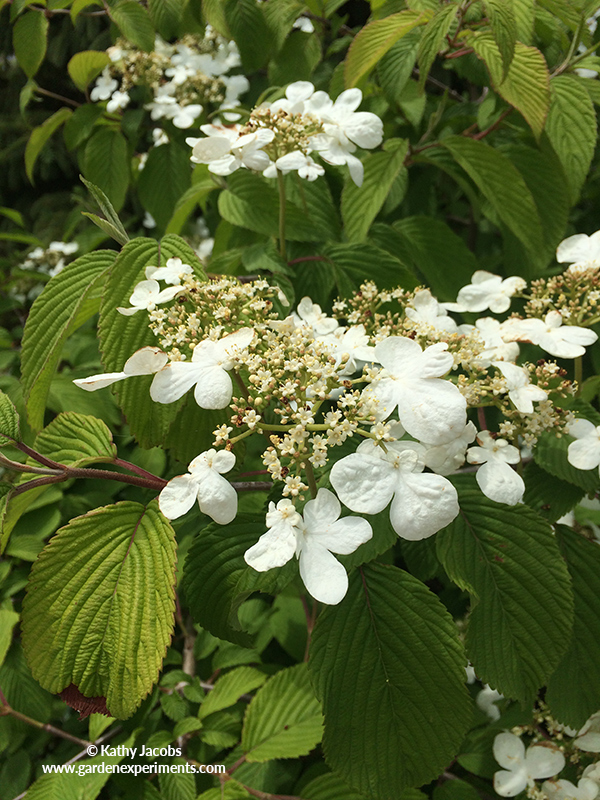

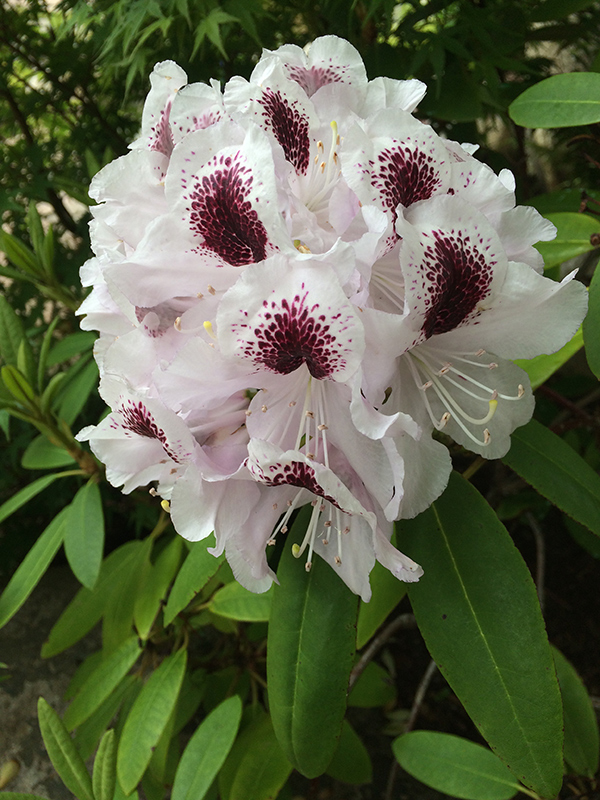
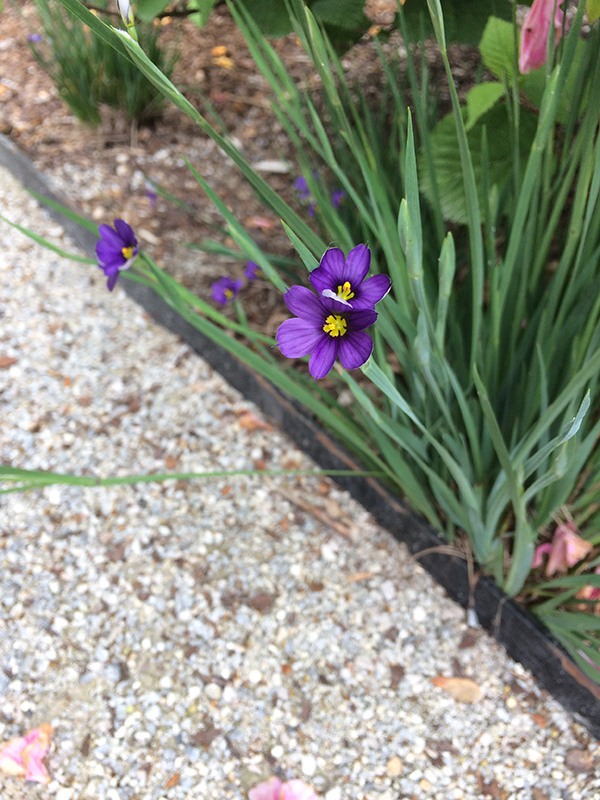
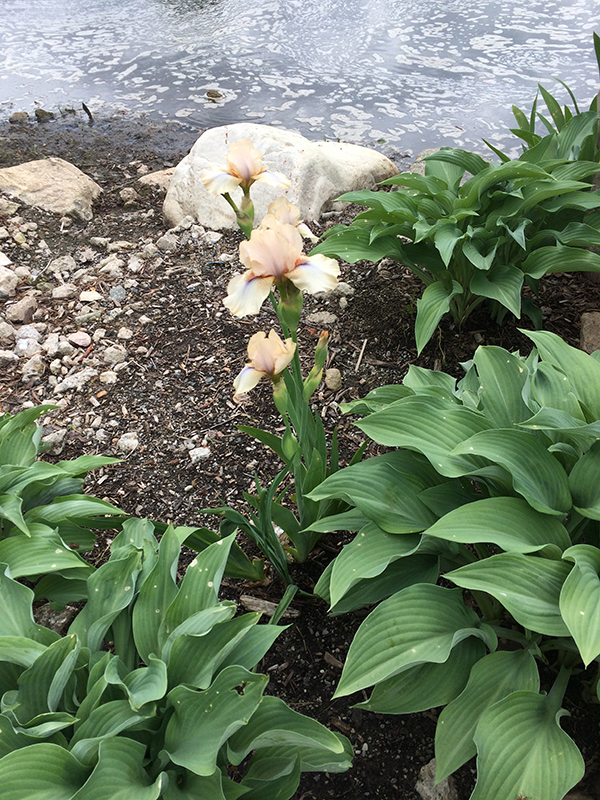
The Richard and Helen DeVos Japanese Garden opened in 2015. It was designed by Kurisu International and incorporates the three elements of a Japanese garden: rocks, water, and plants.
The main path of this large garden circles around the large pond and up to a high viewing hill. From the top of the viewing hill, you can get a birds-eye view of the entire garden and all of its features. It’s a great view. I took a quick video of it to share with you.
There are many small surprises along the main path in this Japanese Garden including short poems carved into stones, a few waterfalls, and some sculptures.
My favorite was the large buddha head laying in the sedums. I also enjoyed the bonsai garden and the Zen-style garden.
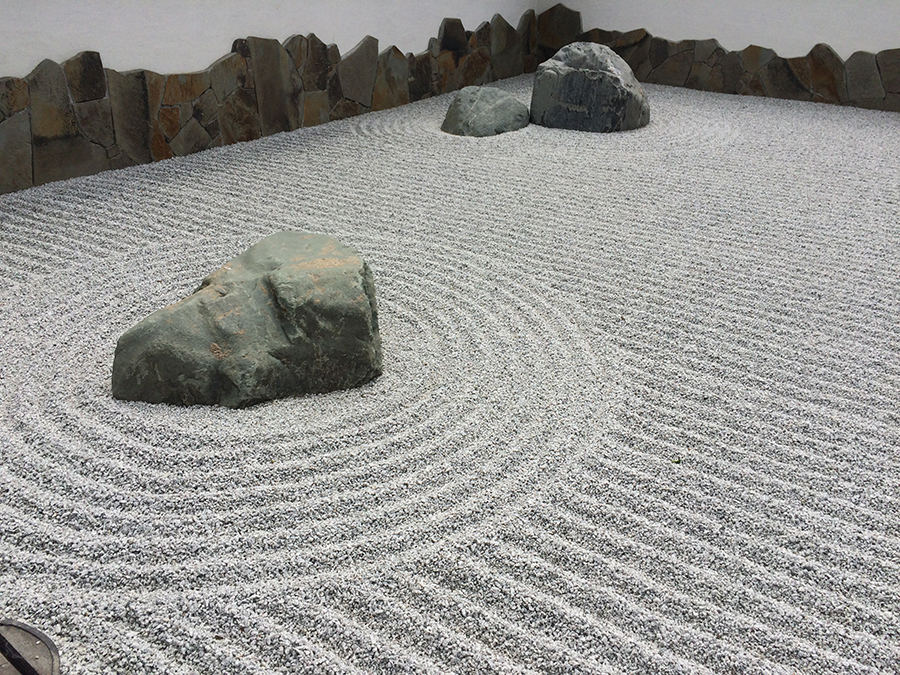
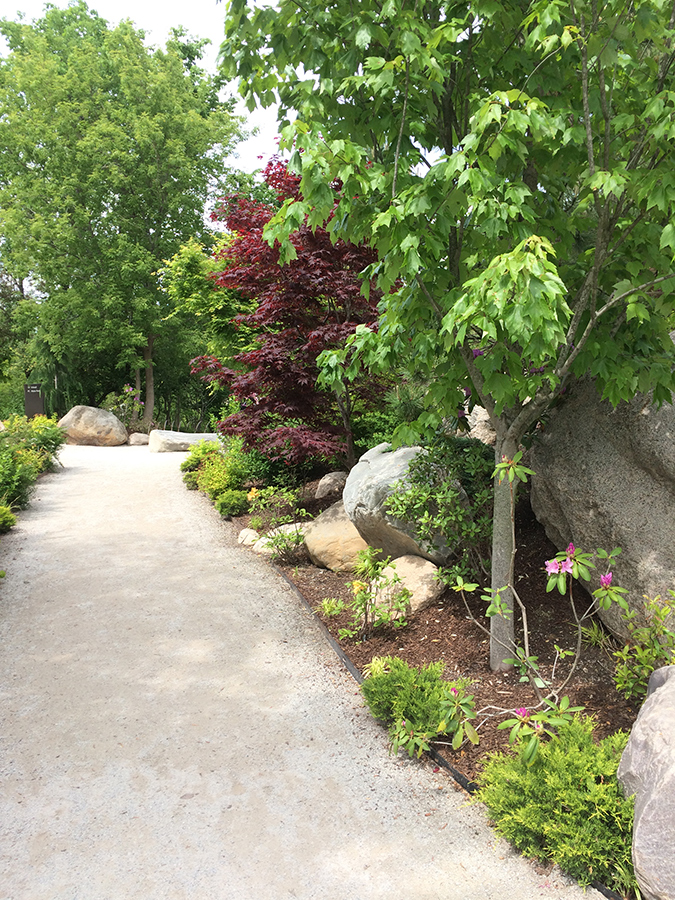

We also caught this small muskrat making his rounds in the large pond. That was quite a surprise!
Other plants found in the garden
I visited this garden in late May, so there were many plants not in bloom yet. To see some of the flowering cherries or experience the color changes in fall, you would need to schedule your visit to correspond with those plants’ showiest time. Some of the other flowering plants and trees in the garden include:
- Weeping Higan Cherry (Prunus subhirtella)
- Weeping White Pine (Pinus strobus)
- Paperbark Maple (Acer griseum)
- Burning Bush (Euonymus alatus)
- Flowering apple (Malus spp)
- Maidenhair Tree (Ginkgo biloba)
- American wisteria (Wisteria frutescens)
- Gray dogwood (Cornus racemosa)
- Korean maple (Acer pseudosieboldianum)
- Water lily (Nymphaea spp)
- Yoishino cherry (Prunus x yedoensis cv Akebono)
- Serviceberry (Amelanchier arborea)
- Hosta (Hosta spp)
- Eastern Redbud (Cercis canadensis)
- American lotus (Nelumbo lutea)

